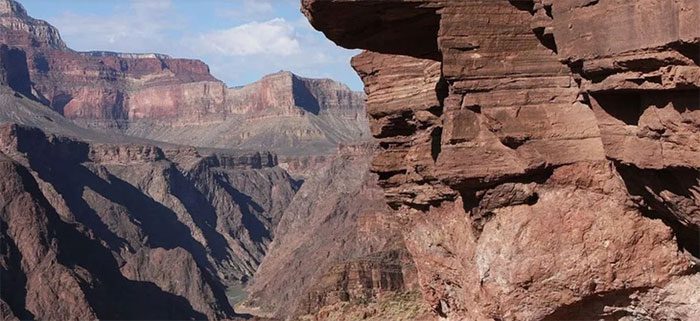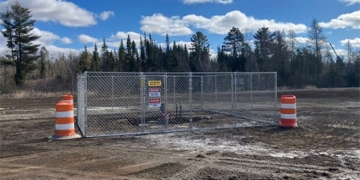A mystery that has puzzled scientists for over a century: in geological records, large sections of the Earth’s crust are missing. Where did they go?
Using satellite imaging technology from space, scientists recently discovered that a portion of the Earth’s crust has disappeared due to severe glacial erosion.
Regarding the current location of the missing rocks, scientists believe they have been swept out to sea, according to the news outlet Indy100.

Hundred-million-year-old rocks in the Grand Canyon, Arizona (USA) – (Photo: IFL SCIENCE).
This event occurred during a period known as the “Snowball Earth,” when nearly the entire planet was covered in ice and snow.
The phenomenon of glacial erosion created a gap in the sediment. At the same time, it also significantly altered the age of rocks in certain areas missing from the Earth’s crust. This consequence is due to the erosion of older rocks being replaced by younger ones.
In 1869, at the Grand Canyon in Arizona (USA), scientists discovered the missing rock phenomenon: a 500-million-year-old rock layer lies above 1.7-billion-year-old rocks, with no rocks present in between these two timeframes.
The lead author of the study, Dr. Brenhin Keller from the Berkeley Geochronology Center, explained that the scale of the rock loss is substantial.
Together with his colleagues, he estimated that one billion cubic kilometers of pre-Cambrian rock has gone missing.
The scientists’ theory indicates that significant erosion occurred before the onset of the Phanerozoic era – also known as the era of visible life – and they provided evidence that crystals from that period contain hafnium and oxygen isotopes.
These events align with the erosion of old rocks and their deposition at low temperatures under the sea. This also explains why many impact craters on Earth are less than 700 million years old, with only two craters being older than that.




















































